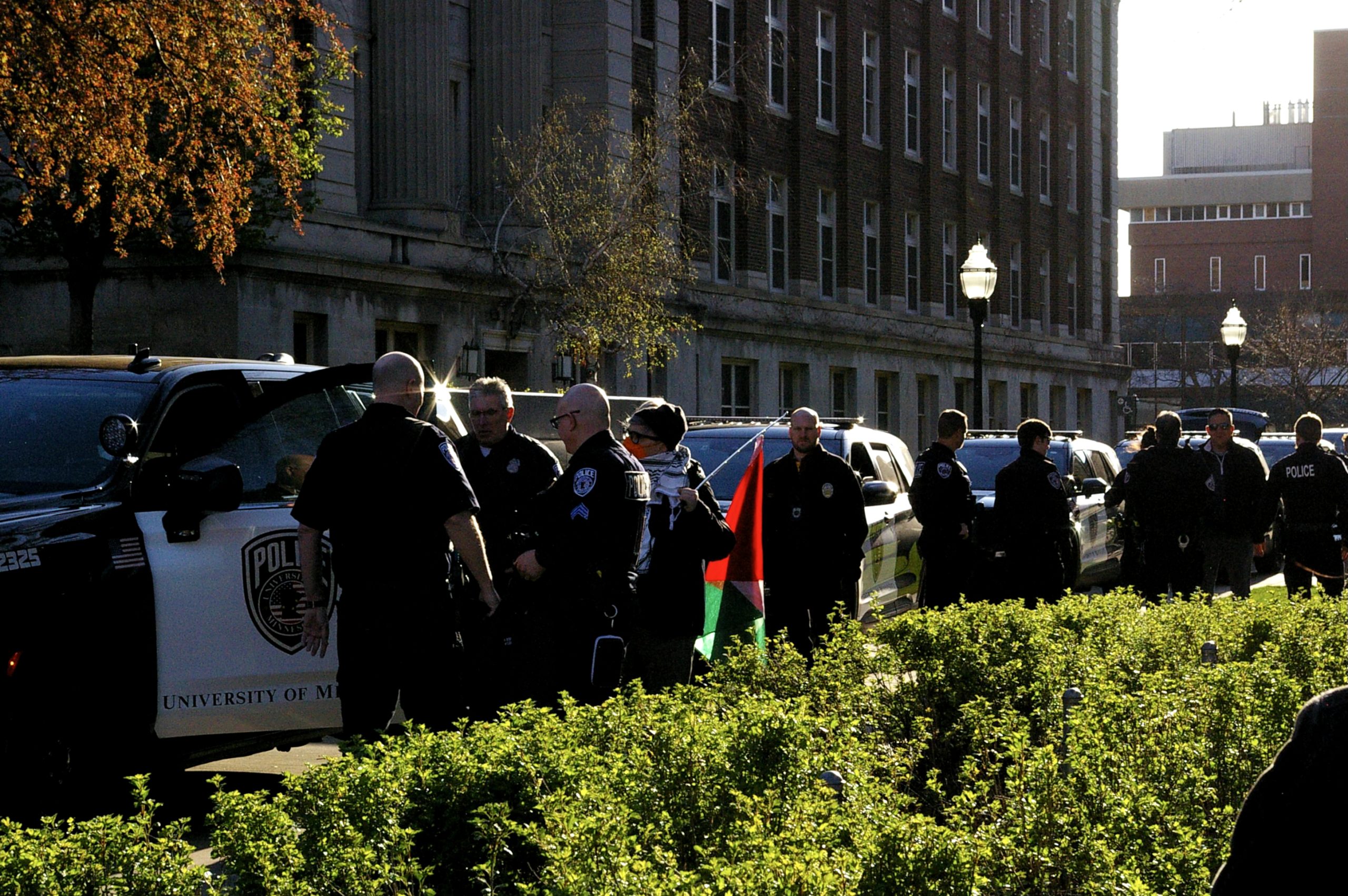University alumnus Roy Wilkins, who already has a residence hall and an auditorium named in his honor, will have another accolade added in January.
The U.S. Postal Service will issue a Roy Wilkins stamp Jan. 24 as part of the Black Heritage Commemorative Stamp Series.
Northrop Auditorium will be the first location in the country to issue the stamps. This first series of stamps will have the Minneapolis postmark on them, making them more valuable to collectors.
The following day, the stamps will be available across the nation, and will continue to be printed in a run of two hundred million.
The Man
Roy Wilkins was born in St. Louis, Mo., on Aug. 30, 1901, and died 80 years later. He was an important figure in the fight for racial equality.
“Wilkins had a long and distinguished career in the civil rights movement,” said John Wright, a professor in African studies. “That went back to his (early) days in the Minneapolis/St. Paul area and from his days as a student here at the University.”
He was raised in St. Paul by his aunt and uncle and graduated from the University in 1923 with a bachelor’s degree in sociology and a minor in journalism.
Starting his journalism career as a night editor at The Minnesota Daily, Wilkins’ words were later read across the Midwest in the 1920s in the pages of the St. Paul Appeal newspaper.
Wilkins also used his knack for the written word to have an impact in the arena of civil rights after W.E.B. Du Bois stepped down from his position as editor of the magazine The Crisis. Wilkins took up the reins of the publication and remained there for 15 years.
He became a member of the National Association for the Advancement of Colored People in 1931 and rose through the ranks to become executive secretary and executive director from 1955 to 1977.
As head of the NAACP, Wilkins was in day-to-day contact with Martin Luther King, Jr., and supported the Civil Rights Act of 1964, the Voting Rights Act of 1965 and the Fair Housing Act of 1968.
He also weathered the storm of Black Power during the 1960s, which stood at odds to the NAACP’s moralist movement.
The placing of Wilkins on a Black Heritage stamp, which Wright calls “highly appropriate,” is decided by the Postal Service Stamp Advisory Committee, which takes an average of 40,000 recommendations from the public every year.
The initial release of the stamp is usually in an area that has some significance to the subject.
“His formative years were here in the Twin Cities,” said James Ahlgren from the U.S. Postal Service. “That’s why this area was selected.”
Seth Woehrle welcomes comments at [email protected]










